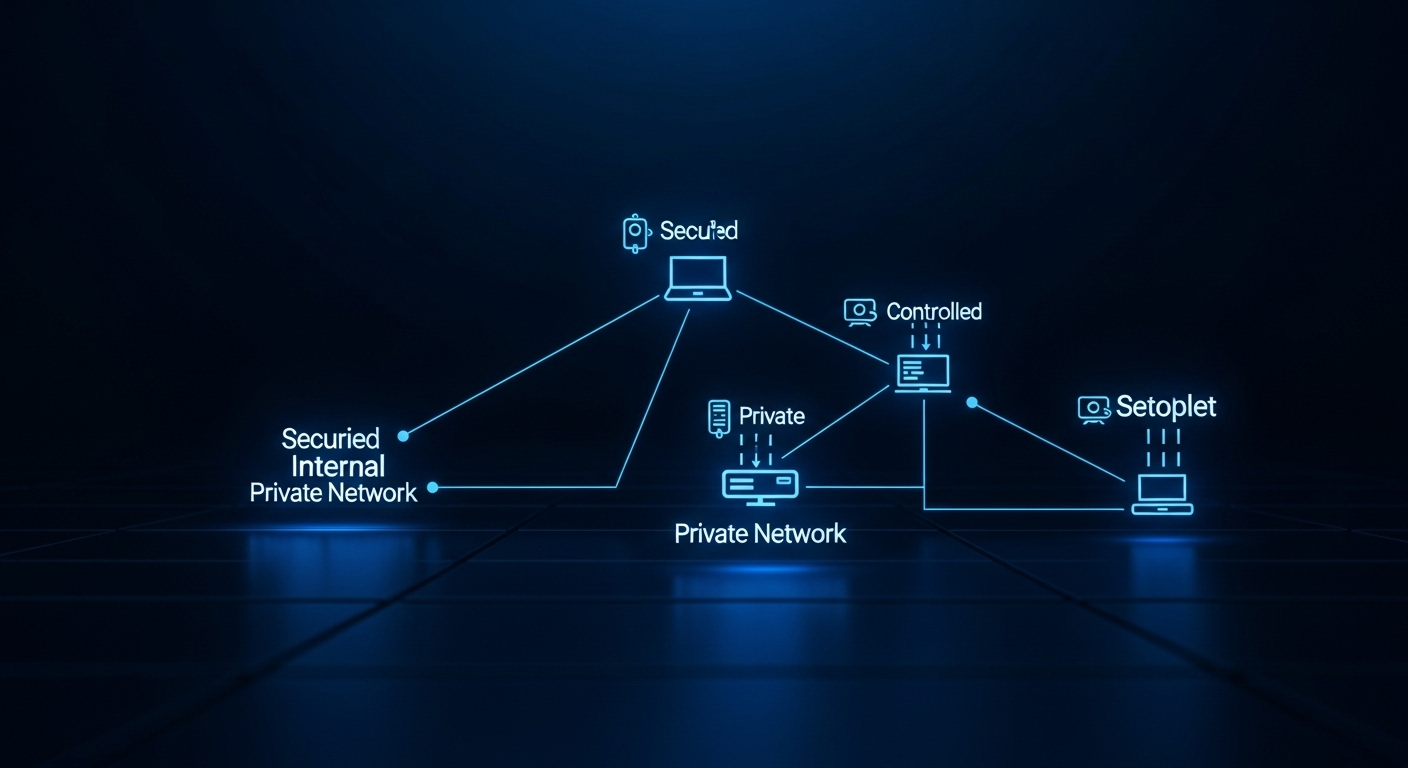In the world of networking, numbers like 172.16.252.214:4300 may seem complex at first glance, but they carry essential meaning for communication between devices. This unique combination of an IP address and port number helps define how data moves within private networks, making it crucial for developers, IT professionals, and security experts to understand.
What Does 172.16.252.214:4300 Represent?
The keyword 172.16.252.214:4300 consists of two main parts — the IP address 172.16.252.214 and the port number 4300. The IP portion identifies a device in a private network, while the port indicates a specific service or process running on that device. When combined, they direct data traffic precisely to where it needs to go, just like an address guiding a letter to the right apartment in a large building.
Private Network Range Explained
The 172.16.x.x range is part of the private IP address space defined by the Internet Assigned Numbers Authority (IANA). This means 172.16.252.214:4300 is not accessible from the public internet. Instead, it’s used internally within organizations, enterprises, and local networks. Devices connected through routers and firewalls rely on private IPs like this one to exchange data securely and efficiently without exposing sensitive systems to external threats.
The Role of Port 4300 in Network Communication
Every port number on a network serves as a gateway for specific operations. In 172.16.252.214:4300, the port 4300 allows an application or service to send and receive data through that channel. For example, an organization might assign port 4300 for a custom database, internal communication tool, or server process. IT administrators often monitor and manage such ports to ensure that only trusted applications can use them.
Security Importance of 172.16.252.214:4300
Although 172.16.252.214:4300 belongs to a private range, network security remains critical. Unauthorized access, malware, or misconfigured devices can still cause internal breaches. Protecting private IPs like 172.16.252.214:4300 involves several measures: using strong firewall rules, applying access control lists (ACLs), and conducting regular audits. Network teams also segment their internal systems, ensuring each port — including port 4300 — only communicates with approved endpoints.
How Businesses Use 172.16.252.214:4300 in Practice
In real-world scenarios, 172.16.252.214:4300 may be configured on internal servers or applications that handle employee logins, local databases, or secure communications. Since this IP can’t be accessed publicly, it offers an added layer of security. Companies rely on such configurations for development environments, testing networks, and data management systems that don’t need exposure to the global web.
Troubleshooting and Connectivity Tips
When administrators encounter connectivity issues with 172.16.252.214:4300, they usually begin by checking basic configurations. Common troubleshooting steps include verifying the IP assignment, testing ping responses, ensuring the port is open, and reviewing firewall logs. Tools like netstat and ping can reveal whether port 4300 is actively listening for incoming connections. Maintaining accurate documentation for IP and port allocations also helps prevent confusion during system maintenance.
Network Performance and Optimization
Optimizing communication between internal systems using 172.16.252.214:4300 requires efficient routing and minimal latency. IT teams often balance loads across multiple servers and regularly monitor bandwidth consumption. Assigning dedicated ports, such as 4300, for specific applications improves performance and reduces interference from unrelated network activities. This kind of organization ensures that business-critical services run smoothly at all times.
The Future of Private IPs and Internal Ports
As digital infrastructures expand, private IPs like 172.16.252.214:4300 continue to play a vital role. With the growing adoption of cloud computing, hybrid networks, and IoT devices, internal IP management is becoming increasingly complex. Modern tools now automate port assignments, security policies, and IP tracking, allowing businesses to scale their networks while keeping control over every endpoint.
Conclusion
Understanding 172.16.252.214:4300 helps demystify how local networks communicate behind the scenes. The IP portion defines the device location, while port 4300 specifies which service handles the traffic. Together, they create a precise and secure communication channel that supports countless business operations daily. Whether used for testing, secure data exchange, or internal management, 172.16.252.214:4300 is a reminder of how structured and intelligent our digital systems truly are.


